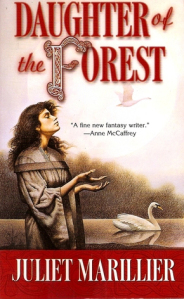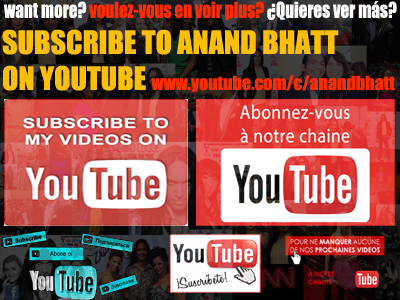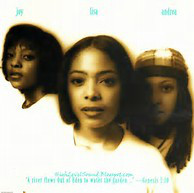Download links for: Peisajul cosmic: teoria corzilor și iluzia unui plan inteligent


Reviews (see all)
Write review
still don't quite grasp the motivation for the anthropic principle
Actually ' re-reading ' ( they don't have a tab for that )
This book is trying to address the fine tuning argument.
Great read. Put clearly and in a captivating voice.
NERD!
Other books by Nonfiction
Other books by Leonard Susskind
Related articles












